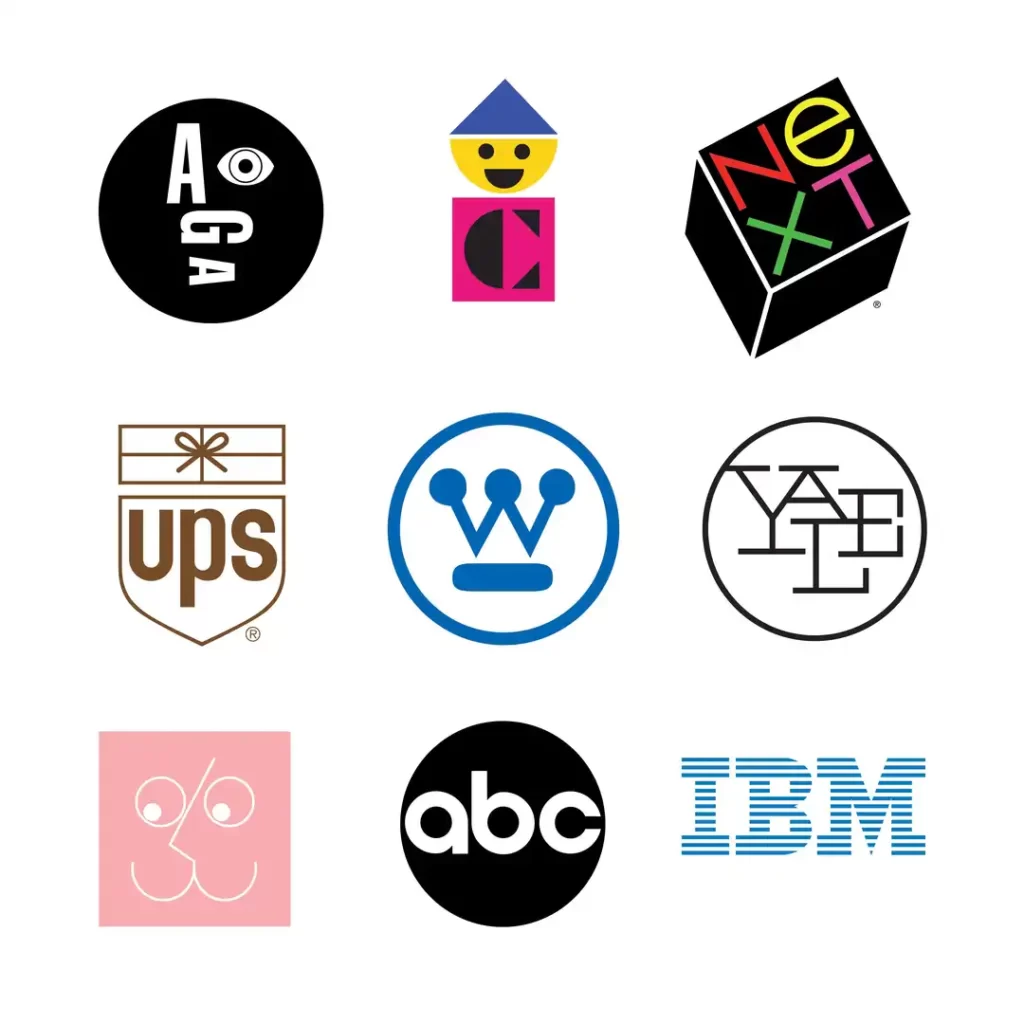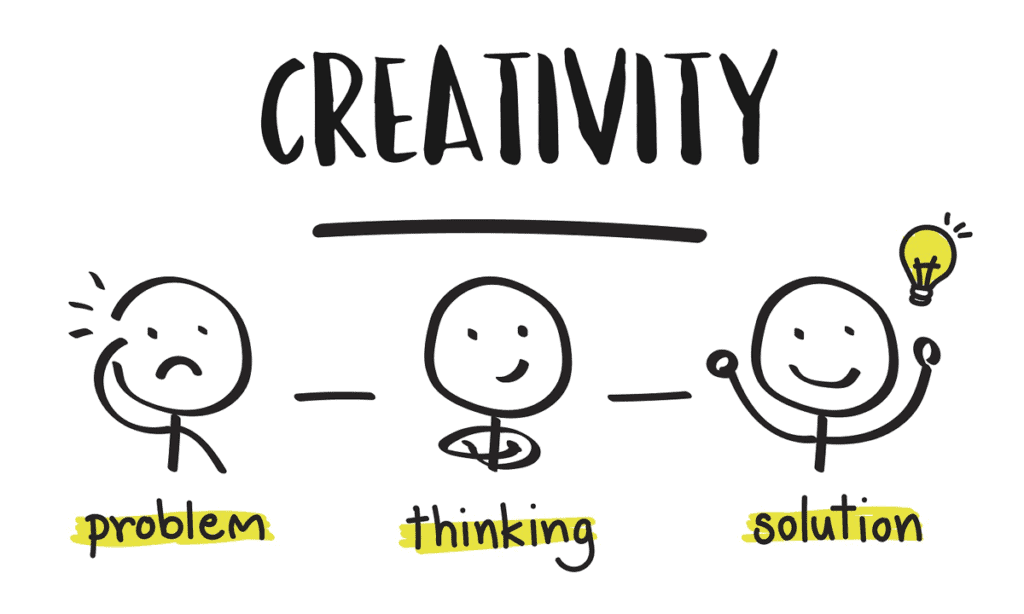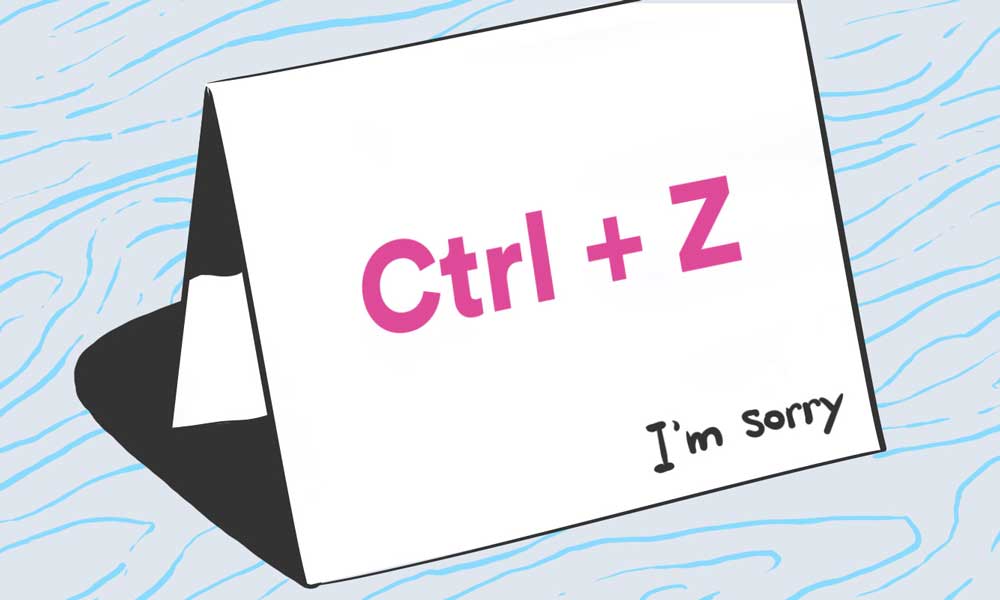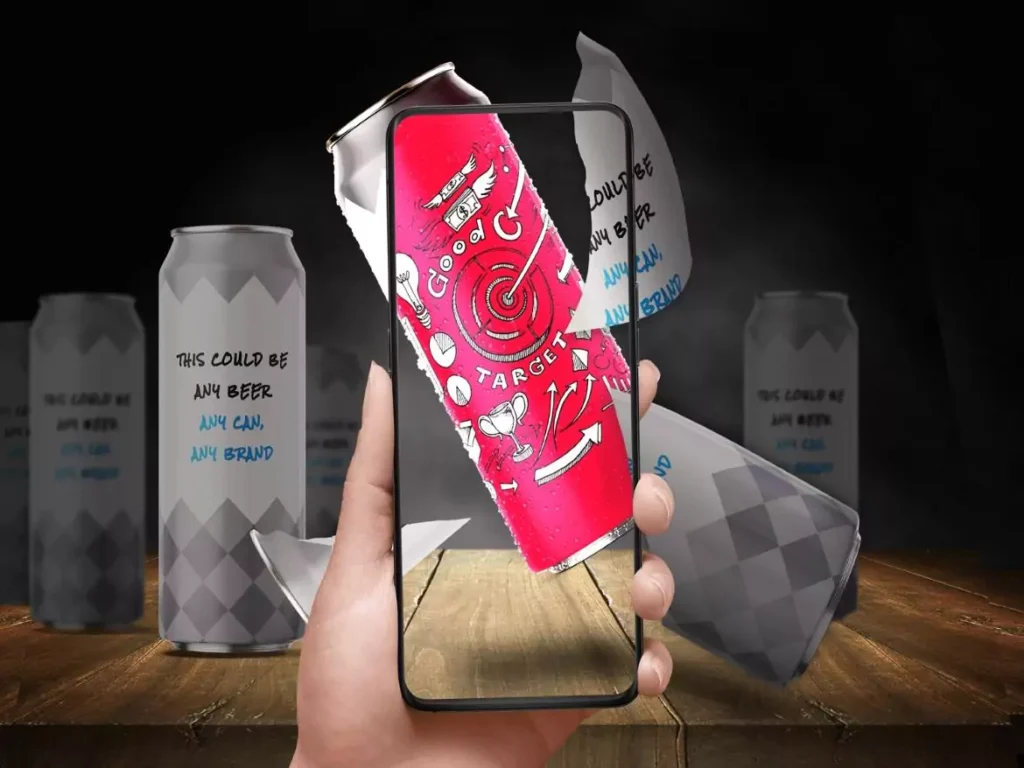The Art and Soul of the Creative Brand Designer
In our visually driven world, brands live and die by their image. But a brand is more than just a logo or website design—it's an identity, a reputation, an emotion. Behind every great brand is a creative force that shapes its visual DNA: the brand designer. These artists and strategists wield tremendous power in forging connections between companies and consumers. So, what does it take to succeed in this high-stakes role? Let's peel back the layers of the creative brand designer.
Table of Contents
Crafting Visual Magic

Great brand designers blend science and sorcery. They architect cohesive visual systems built on strategy and research. But they also sprinkle in magic, crafting designs that spark emotion and stick in the brain. It's a meticulous balance of logic and witchcraft.
The technical skills are obvious: Expertise in tools like Photoshop and InDesign, typography, colour theory, layout, and illustration. But less tangible qualities set the true wizards apart:
Visual intuition. Brand designers have a sixth sense of what looks “right.” They instinctively know how to translate strategy into aesthetics. This gut intuition around shape, form, and composition is almost clairvoyant.
Creativity under pressure. Tight deadlines and competing stakeholder demands squeeze out the genius. Ace designers thrive under these forces, quickly generating novel ideas and rallying support.
Business insight. Branding doesn't happen in a vacuum. Designers need a keen grasp of objectives, competitors, trends, and budgets. Great work emerges from synthesising business realities and creative vision.
Storytelling power. Brands exist as stories in the cultural imagination. Designers shape those stories through aesthetics that spark feelings. The finest designers wield their tools to craft compelling narratives.
Individual style. Just as great authors have a voice, so do remarkable designers. They infuse brands with a personalised sense of craft and perspective. Their style becomes part of the brand identity.
Indeed, brilliant brand designers fuse these talents into a potent cocktail. They see far beyond fonts and colours, creating immersive experiences that stick. The technical stuff? That's just their canvas for working magic.
The Brand Designer's Mindset

Ask any brand designer about what matters most, and you'll get a similar refrain: Curiosity, empathy, and fearlessness to explore. These traits allow them to embed themselves deeply in a brand and unlock bold creative choices.
Curiosity to Dig Deep
Getting beneath a brand’s surface takes inquisitiveness. Designers research target demographics and user journeys, interview stakeholders, and audit touchpoints. They probe the brand's history, values, competitors, and pain points with childlike wonder. This intense curiosity uncovers insights and inspiration fueling the design process.
Great designers also stay abreast of broader culture and trends. They connect dots between fields—how music and architecture influence web design, for example. An insatiable appetite for learning helps them bring fresh perspectives.
Empathy for the Audience
Design happens in a bubble; impact occurs in the real world. Brand designers empathise deeply with those who will experience their work.
They get to know target users in granular detail: age, location, passions, and challenges. Personas and journey maps help breathe life into the audience. Designers consider how branding will fit into people’s actual contexts and earn their attention amidst information overload.
Stepping into the shoes of stakeholders is equally important. Designers understand organisational goals and friction points. They anticipate needs and objections. This empathy allows them to create branding that works across the system.
Fearlessness to Take Risks
Playing it safe may seem prudent, but breakthroughs happen through boldness. Great brand designers nurture a willingness to experiment and push boundaries.
They dismiss limiting assumptions and voices of doubt. Instead, they embrace possibility and give unconventional ideas a chance. Not every risk pays off, but pushing past comfort zones yields the most resonant work.
Designers develop resilience to weather setbacks when taking chances. They iterate rapidly, seeing failures as learning fodder. This cycle of testing and feedback allows big visions to take shape.
Brand designers find solutions that balance meaning, distinctiveness, and impact by marrying empathy, curiosity, and fearlessness. These traits enable them to chart a course between the unexpected and the battle-tested—where great branding is born.
Navigating the Design Process

Branding projects follow many twisting routes but usually wend through some core waypoints:
Briefing and Research Lays the Groundwork
The first step is aligning on goals, target audiences, deadlines, and requirements. This high-level briefing provides a compass for all that follows.
Designers then drill deeper into research: brand strategy documents, market analyses, user studies, and stakeholder interviews. The goal is a 360-degree view of the brand ecosystem from inside-out and outside-in.
These initial explorations uncover insights that will permeate the design work. Research is the rocket fuel propelling projects into orbit.
Ideation and Concept Take Off
Armed with research learnings, designers shift into generative mode, letting ideas percolate and collide. Sketching is crucial for quickly translating notions into potential solutions. Designers brainstorm broadly at first, then refine them to the most substantial options.
Concepts are shaped through mood boards, stylescapes, storyboards, and early mockups. Designers socialise ideas with stakeholders, giving feedback to amplify or shift directions.
Ideation is a messy, free-flowing process of tinkering and testing. It's the raw clay that will sculpt the brand design.
Design Development Sculpts the Details
Once a concept is selected, designers move into execution. They map out elements like colour palettes, typography, grid systems, shape libraries, photography styles, and illustrations.
This phase finalises the branded assets at the core of the design system: logo, website, app, packaging, uniforms, signage, and swag. Designers also build out guidelines for using the assets consistently across contexts.
Resolving all the moving pieces into a cohesive, flexible toolkit is exacting. As the design takes form, testing and socialising accelerate to home in on an optimal solution.
Delivery Hands Off the Reins
Finally, the moment arrives to export assets and guidelines for launch. This transition from concept to reality is thrilling but bittersweet. Like sending a child off to college, designers let go, knowing the design will take on a life of its own.
They are stakeholders with usage instructions and guardrails to uphold integrity. But at some point, brands leave the designer's stewardship. All that remains is to monitor from afar as the child spreads its wings.
Of course, post-launch work like iterations and enhancements keep designers still nurturing the brand. But an initial system now breathes in the real world—the ultimate goal.
Key Roles on the Brand Design Squad
Branding projects demand a patchwork of talents. Here are some of the most common designer breeds, from broad shaman to niche technician:
Brand Strategist
This branding guru assesses business objectives, targets insights, and sets a strategic roadmap. They focus more on consulting than designing, steering the ship versus manning the oars.
Art Director
The maestro behind visual concepts and campaigns. They orchestrate the look, feel, and stylistic motifs. Art directors lead creative teams and unify work across platforms.
Graphic Designer
This is the classic branding maker, crafting logos, marketing materials, and packaging. Their breadth of visual skills translates strategy into print and digital.
UI/UX Designer
Website, mobile, app—the user interface and experience designers shape the digital dimensions. Information architecture, interaction, and visuals fall under their scope.
Copywriter
Words, tone, and messaging all factor into branding. Copywriters craft verbal identity and voice that complements the visuals.
Production Designer
They usher designs through approval and implementation, managing timelines and logistics—the project manager of branding.
Cross-disciplinary collaboration allows each expert to flex their muscles. Brand designers must partner seamlessly to weave many threads into a holistic tapestry.
The Perpetual Balancing Act
Merging business objectives and creative vision takes finesse. Brand designers navigate constant tradeoffs on the tightrope between art and analytics.
Originality vs. Recognition
Pushing boundaries can build distinctive brands. But it's too novel, and you risk being unrecognisable. Designers blend familiar and unexpected to create a fresh footprint—without being so edgy that no one can decipher the message.
Consistency vs. Context
Strong brands are unified across touchpoints. However, overly rigid systems crack when stretched to fit different spaces. Designers build in visual flexibility so brands feel cohesive yet responsive.
Simplicity vs. Complexity
Logos, taglines, colour palettes—seemingly simple design elements distil complexity behind the scenes. Great branding appears cleanly minimalist on the surface. But designers infuse sophistication through carefully layered details.
Form vs. Function
Aesthetics serve a purpose beyond just looking pretty. But functionality—clarity, usability, accessibility—can't trample artistry and human connection. Brand designers skillfully integrate beauty and meaning.
Great branding lies at the fulcrum between such forces. The designer's role is balancing and unifying—making choices that stabilise the teetering beam.
Signs of Design Excellence

How do you recognise brilliant branding when you experience it? While subjective, a few qualities characterise standout work:
Memorable — Commands attention and sticks in memory through bold, clever, surprising execution.
Meaningful — Connects to audience motivations and taps into deeper needs and desires.
Distinctive — Features a unique, ownable look and vibe no one else can claim.
Flexible — Adapts and extends effortlessly to various formats and contexts.
Simple — Communicates clearly and immediately through minimal, uncluttered expression.
Charismatic — Displays warmth, wit, and humanity through visual personality and voice.
Strategic — Supports business goals and brand positioning through innovative, on-target aesthetics.
Consistent — All visual elements align and reinforce the core brand identity.
Delightful — Packs an extra oomph that surprises and rewards viewers.
Timeless — Retains relevance beyond short-lived trends to feel always fresh.
Brand designers don't necessarily control how their work is implemented. But when the stars align, extraordinary branding achieves effects that set brands apart.
Troubleshooting Poor Design Outcomes

Of course, even strong branding can go astray. When results disappoint, a few common pitfalls are likely culprits:
Outdated Research
Brands evolve, competitors move, and audiences change. Design based on stale insights quickly descends into irrelevance. Staying current through ongoing research keeps work resonant.
Scope Creep
It is hard to say no when stakeholders ask for “one more little thing.” But uncontrolled expansion leads to disjointed Franken brands. Maintain focus by tying additions back to strategic goals.
Weak Governance
Loose branding guidelines quickly turn consistency into chaos. But excess rigidity stifles creativity. Strike the right balance, provide guardrails, and set reviewers up for success.
Too Many Cooks
Strong opinions are healthy—however, excessive voices and decision-makers fracture branding's coherence. Streamline inputs and unify behind a core purpose and audience.
Lack of Investment
Brand design takes time and money. Underfunding the process leads to mediocre work, inefficient progress, and misery. Advocate for and allocate resources to do it right.
Aversion to Risk
Innovation emerges from testing ideas without fear of stumbling. But environments that penalise failure breed predictable, ineffective branding. Allow experimentation by anchoring it to strategy.
Great branding requires nurturing—in resourcing, oversight, research, and teamwork. When brand design goes off the rails, revisit fundamentals needed to spur creative solutions.
The Future of Brand Design

Change is the only constant in branding. New technologies, cultural shifts, business models, and customer expectations keep designers on their toes. Tomorrow will bring inventions we can't fathom today. However, some broad forces will likely transform branding for the foreseeable future.
AI collaboration offers human designers supercharged creative capabilities. Branding tools will integrate previously unimaginable features powered by artificial intelligence.
Total experience design will become standard as brands blend digital, physical, and sensory dimensions into immersive journeys.
Local relevance will grow more essential as brands customise messaging and design for hyper-targeted demographic niches and geographic markets.
Agility and automation will accelerate branding processes to meet real-time digital demands and foster constant small-scale innovation vs big-reveal launches.
Sustainability will emerge as a core pillar and influence branding and design through carbon footprint, transparency, circularity, and waste.
Participation will come to the fore through co-creation models tapping into crowd wisdom to conceive and evolve branding collectively.
The specifics remain hazy, but adaptability will be essential. Brand designers who embrace new ways of thinking about processes, tools, audiences, media, and business models will surf this wave of change for years to come.
Conclusion: The Soul Behind the Brand
We started with branding as a surface act—logos, fonts, ads, etc. But now we've dug into the inner traits that make brand designers tick and the forces that shape their output. This deeper view reveals branding as a profound creative process rooted in purpose and meaning.
At their heart, brand designers aspire to build more than visuals. They shape connections, community, emotions, and experiences. They embed human stories into corporate identities. They give companies spirit and personality people can bond with.
Of course, branding impacts the bottom line. But income is a byproduct of igniting deeper human needs—belonging, mastery, freedom, and progress. As technology infuses branding, this soulful dimension will become even more critical.
The tools will change, the challenges will morph, and the canvas will expand. But the magic ingredients for great branding remain the same: empathy, vision, and the urge to craft meaning. The brands may represent businesses, but we respond as humans. By designing for this spirit in all of us, brilliant brand designers will continue breathing life into business as technology reshapes how we live, work, and find meaning.
Frequently Asked Questions About Creative Brand Designers
What skills does a creative brand designer need?
Creativity, empathy, storytelling ability, business strategy basics, design expertise (typography, colour, composition, digital, etc.), project management, communication and presentation skills. A mix of right and left brain strengths.
What does a brand designer do?
Research target users and business goals, concept visual systems that bring brands to life, design core assets like logos and packaging, build brand guidelines and oversee design implementation across media and contexts.
How do you become a brand designer?
Most have a degree in design, marketing, or communications. Pair this with internships, apprenticeships and junior roles to gain experience. Develop a portfolio of work samples. Continually expand skills through learning new tools and techniques.
What is the career trajectory for a brand designer?
Junior roles like production artist and graphic designer lead to senior designer, then art director, design director or creative director overseeing a team and brand vision. Some start their agencies or consultancies.
What is the future of brand design?
More collaboration with marketing technologists is needed as experiences blend physical, digital, and sensory. A shift from big reveal launches to constant iteration. Local relevance, personalisation, and sustainability are increasingly important—AI-assisted creativity.
In Closing
Brand designers occupy a unique space where artistry, psychology, and business intersect. Their work shapes how companies show up worldwide and connect with customers. At the core, compelling branding emerges from creativity rooted in human truths. As technology transforms marketing, maintaining this humanity will be vital. The most effective brand designers will stay grounded in empathy while embracing new frontiers. Ultimately, branding is not just about standing out—it’s about forging bonds between businesses and the people they aim to serve.
